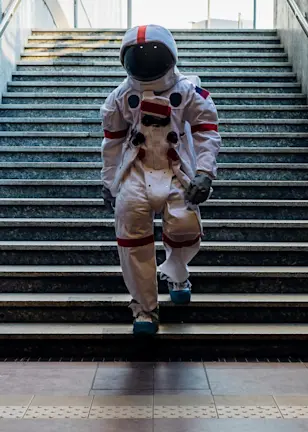Disclaimer
This page is intended for US prospects, clients and investors only and includes information about the capabilities, staffing and history of Robeco Institutional Asset Management US, Inc. (RIAM US) and its participating affiliates, which may include information on strategies not available in the US. US Securities and Exchange Commission (SEC) regulations are applicable only to clients, prospects and investors of RIAM US. Robeco BV, Robeco HK and Robeco SH are considered a “participating affiliate” of RIAM US and some of their employees are “associated persons” of RIAM US as per relevant SEC no-action guidance. Employees identified as access persons or associated persons of RIAM US perform activities directly or indirectly related to the investment advisory services provided by RIAM US. In those situations, these individuals are deemed to be acting on behalf of RIAM, a US SEC registered investment adviser. RIAM US’s SEC registration should not be viewed as an endorsement or approval of RIAM US by the SEC. RIAM US maintains its offices at 230 Park Avenue, New York, NY 10169.
By clicking I Agree, I confirm that I have read and understood the above.
Sustainable Investing
Climate clocks
A climate clock is a means of demonstrating how much carbon can still be released into the atmosphere without breaching the Paris Agreement. As millions of tons of greenhouses gases are released by human activity daily, the world will eventually lose the ability to release any more without accelerating global warming.
Two of the best known are the MCC Carbon Clock run by German scientists, and a grassroots Climate Clock launched by a network of activists.
The MCC Carbon Clock shows how much carbon dioxide can still be released if the rise in global temperatures is to be limited either 2°C or 1.5°C. With just a few clicks, you can compare the estimates for the temperature targets, and see how much time is left in each scenario. Currently, there is only six years and 10 months left for the 1.5° C scenario, and 24 years and 8 months left for 2° C.
The clock is run by the Mercator Research Institute on Global Commons and Climate Change (MCC), a scientific think tank founded by the scientific foundation Stiftung Mercator and the Potsdam Institute for Climate Impact Research. The data is supplied by the Intergovernmental Panel on Climate Change (IPCC), and is based on the fact that around 42 gigatons of CO2 is emitted globally every year, or 1,332 tons per second.
The estimates of the remaining carbon budget are based on the IPCCC’s ‘Global Warming of 1.5°C’ report in autumn 2018. The next update of the carbon clock is set to come from the IPCC's Sixth Assessment Report due in 2022.
The Climate Clock was launched by the Beautiful Trouble activists network in 2015 to provide a measuring stick against which their supporters can track climate change mitigation progress. The clock can be displayed as a digital reading on buildings in major cities, on websites, or on apps. One was displayed in New York – appropriately enough in Times Square – while the first hand-held Climate Clock was custom built for activist Greta Thunberg.
The clock only counts down until when the world will reach 1.5 degrees of warming and broadly concurs with the MCC Carbon Clock – that the threshold will be reached in just under seven years. It shows that global warming to date is 1.14°C from pre-industrial times, leaving little room for maneuver if the Paris limits are not to be breached.

















